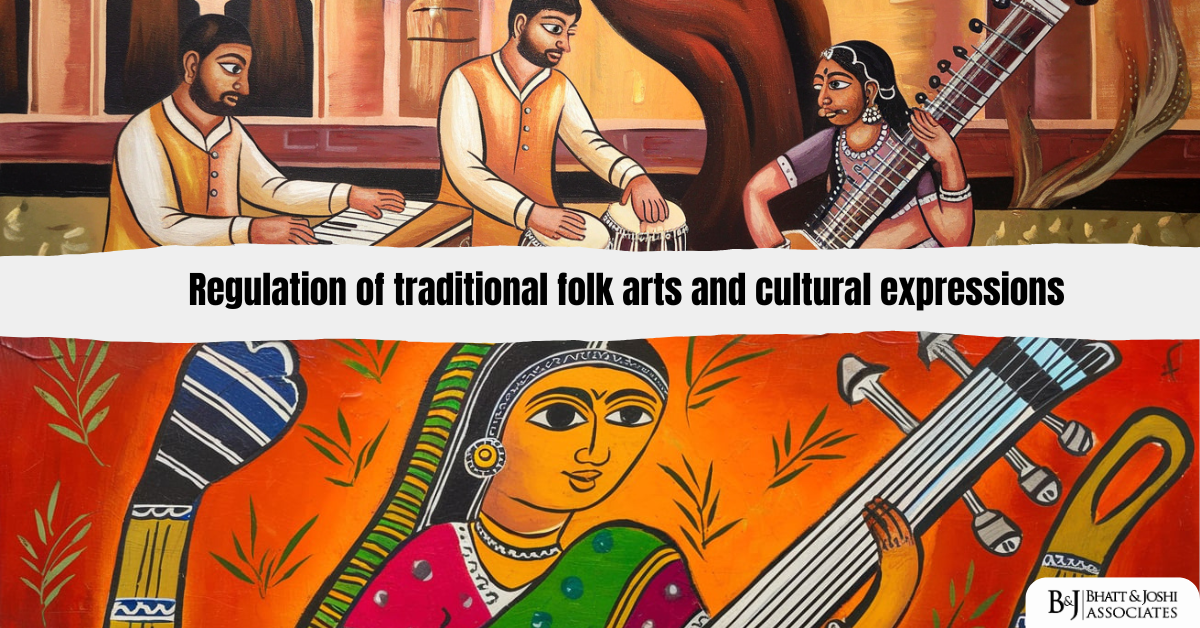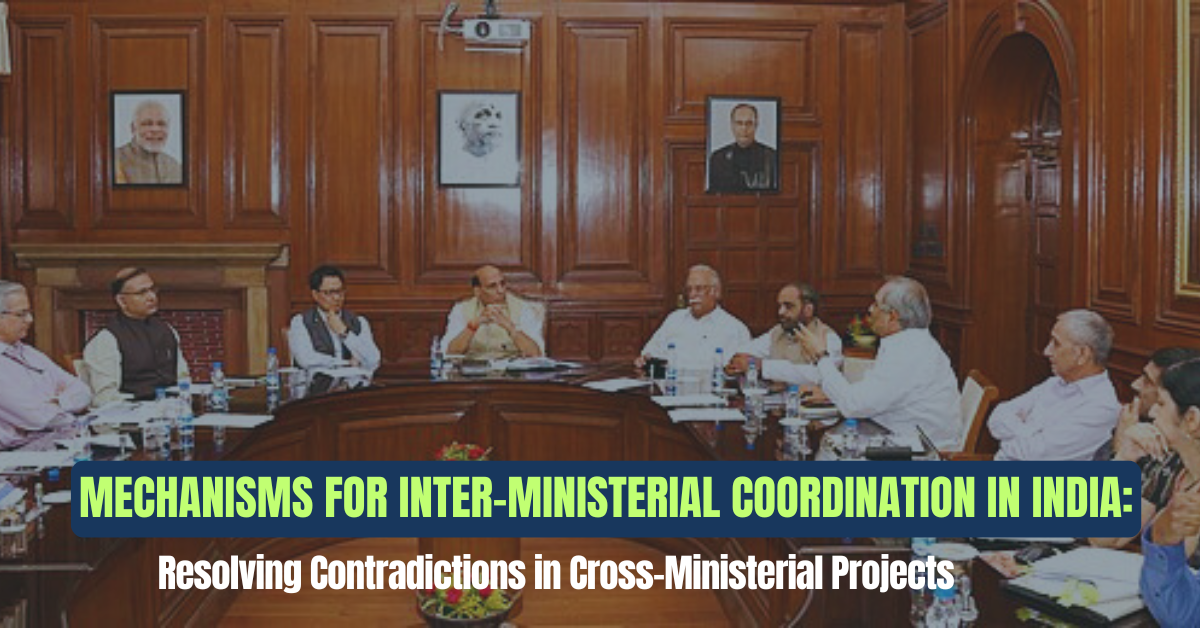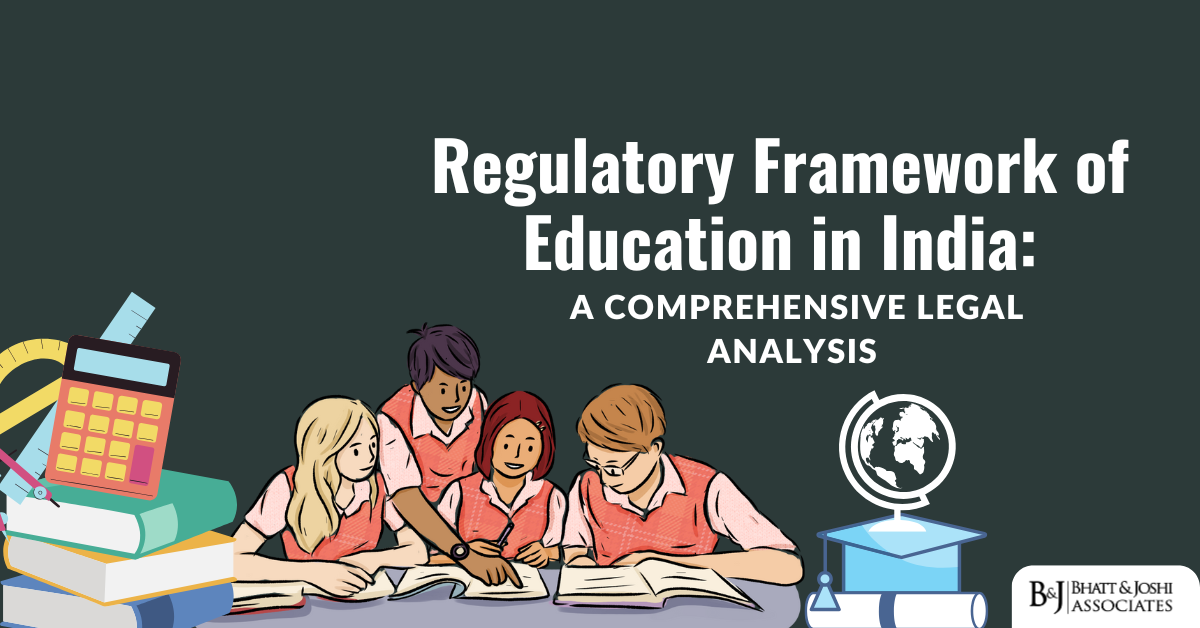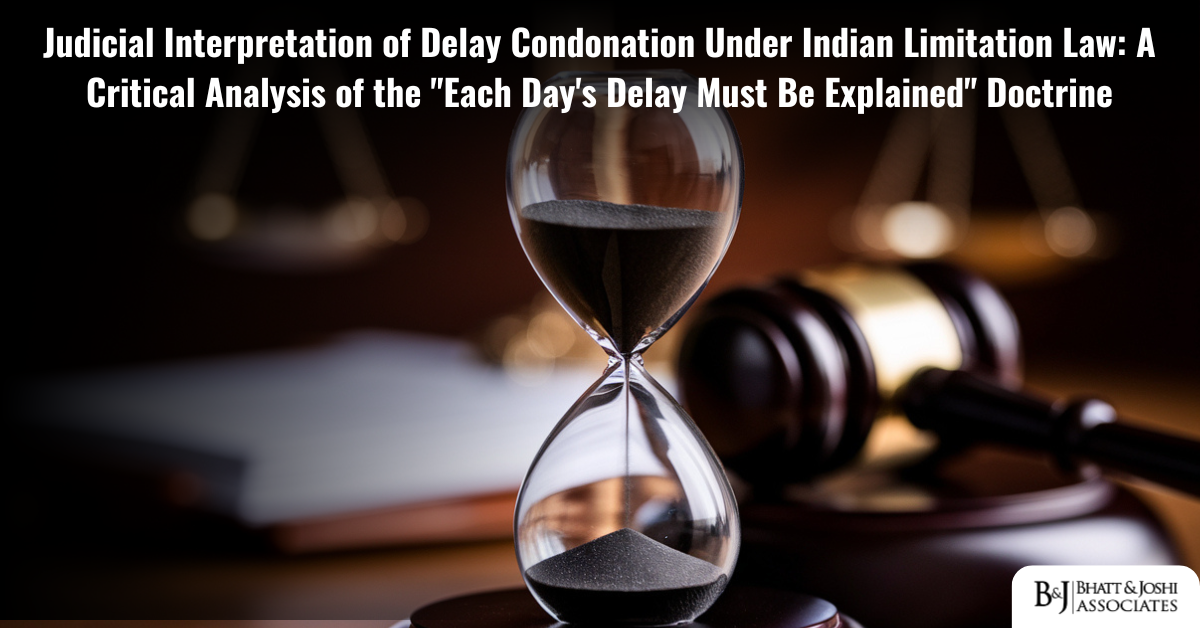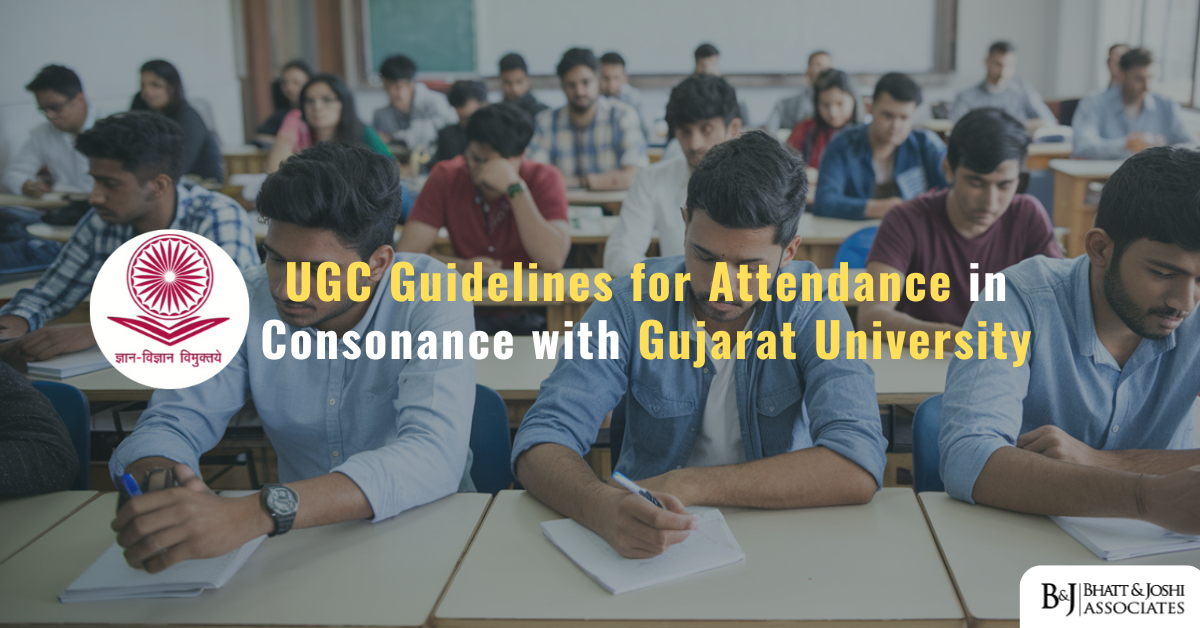Introduction
Traditional folk arts and cultural expressions are more than just forms of entertainment or creativity—they are a vital part of a society’s cultural identity and historical continuity. These expressions encompass a wide range of artistic forms, including dance, music, craft, oral traditions, rituals, festivals, and visual arts, often passed down through generations. They are deeply rooted in the socio-cultural fabric of communities and serve as living representations of collective memory, history, customs, and social values.
However, in the face of rapid globalization, commercialization, and technological advances, these traditional art forms are increasingly under threat. The dilution of cultural authenticity, the risk of exploitation, and the appropriation of indigenous expressions for commercial gain have made the regulation and preservation of traditional folk arts more important than ever. Governments worldwide, including India, have recognized the need to protect these cultural treasures through various legal and regulatory frameworks.
This article delves into the regulatory mechanisms that govern traditional folk arts and cultural expressions, examines the laws and policies enacted to preserve them, and analyzes key case laws and judicial pronouncements that have shaped the legal landscape surrounding these invaluable forms of heritage.
The Need for Regulation and Protection of Traditional Folk Arts
Traditional folk arts are integral to maintaining the cultural diversity and social identity of nations. These art forms often carry spiritual, religious, or ceremonial significance, making them central to the communities that practice them. Despite their cultural importance, traditional folk arts are vulnerable to several threats, making their regulation essential:
- Cultural Appropriation: As folk arts gain international recognition, they often become targets of cultural appropriation, where elements of these arts are used by those outside the originating culture without permission, understanding, or respect for their significance. This leads to the misrepresentation and commodification of cultural expressions, which can distort their meaning and diminish their value.
- Economic Exploitation: Many folk artists come from marginalized communities, often economically disadvantaged, with limited access to legal or financial resources. Without proper regulation, these artists are at risk of being exploited by commercial entities that profit from their creations without providing adequate compensation or recognition.
- Intellectual Property Rights (IPR): Unlike modern forms of artistic expression, traditional folk arts are usually collective in nature, with no clear “owner” or inventor. This makes it difficult to apply conventional intellectual property protections, leaving these art forms vulnerable to unregulated exploitation and misuse.
The regulation and legal protection of traditional folk arts are essential for safeguarding their cultural integrity, ensuring fair economic opportunities for artists, and preventing unauthorized use or exploitation.
International Frameworks for the Protection of Cultural Expressions
The global effort to protect and preserve traditional folk arts and cultural expressions is spearheaded by international organizations, most notably UNESCO (United Nations Educational, Scientific, and Cultural Organization). Two key conventions form the backbone of international regulations aimed at safeguarding intangible cultural heritage:
UNESCO Convention for the Safeguarding of Intangible Cultural Heritage (2003)
This landmark convention was adopted to safeguard intangible cultural heritage, which includes traditional folk arts, oral traditions, rituals, and festivals. Its primary objective is to ensure that cultural expressions are passed down through generations while maintaining their authenticity and cultural significance. The convention calls on member states to identify, document, and protect their intangible cultural heritage, providing legal and financial support to local communities for the preservation of their traditions.
Signatories of the convention are encouraged to integrate the safeguarding of intangible cultural heritage into their national policies and legal frameworks. This has led to the formulation of various national laws in countries like India, which directly or indirectly protect traditional folk arts.
UNESCO Convention on the Protection and Promotion of the Diversity of Cultural Expressions (2005)
This convention addresses the need to promote and protect cultural diversity in the face of globalization. It emphasizes the importance of creating conditions in which cultural expressions, including traditional folk arts, can thrive. The convention also highlights the need to support local artists and communities, preventing the negative impacts of commercialization and homogenization.
Through these conventions, UNESCO has significantly influenced the legal frameworks of member states, encouraging them to adopt measures that protect and promote their cultural heritage.
India’s Legal Framework for Protecting Traditional Folk Arts and Cultural Expressions
India, with its rich and diverse cultural heritage, has taken significant steps to preserve and regulate its traditional folk arts. The legal framework in India encompasses a combination of constitutional provisions, specific laws aimed at protecting cultural expressions, intellectual property laws, and the establishment of cultural institutions that support the preservation of folk arts.
The Constitution of India
The Indian Constitution provides the foundational legal framework for the protection of cultural expressions. Several provisions emphasize the importance of preserving cultural heritage:
Article 29(1): This article guarantees the right of every citizen to conserve their distinct culture, language, or script. Traditional folk arts, which often form an essential part of a community’s cultural identity, fall under this provision, allowing communities to preserve their cultural expressions.
Article 51A(f): The Fundamental Duties under the Constitution include the duty of every citizen to value and preserve the rich heritage of India’s composite culture. This provision highlights the role of the state and its citizens in safeguarding the country’s cultural diversity, including traditional folk arts.
These constitutional provisions form the foundation for India’s legal and regulatory framework aimed at protecting traditional folk arts and cultural expressions.
The Protection of Traditional Knowledge Bill, 2020
One of the most recent legislative initiatives aimed at protecting traditional cultural expressions in India is the Protection of Traditional Knowledge Bill, 2020. Although the bill primarily focuses on safeguarding traditional knowledge systems such as indigenous medicine and agricultural practices, it also includes provisions for protecting cultural expressions like folk arts.
The bill proposes the establishment of a Traditional Knowledge Digital Library (TKDL) to document and catalog traditional knowledge and cultural expressions. This library would serve as a repository for traditional arts and crafts, making it easier to protect these forms of knowledge from misappropriation or commercial exploitation.
By creating a formal mechanism for documenting traditional cultural expressions, the bill addresses one of the major challenges faced in protecting folk arts—lack of proper documentation and recognition under existing intellectual property laws.
The Geographical Indications of Goods (Registration and Protection) Act, 1999
The Geographical Indications of Goods (Registration and Protection) Act, 1999 (GI Act) is another critical tool in the legal framework for protecting traditional folk arts in India. The act provides intellectual property rights protection to goods that have a specific geographical origin and possess qualities or reputations that are attributable to that origin. This includes traditional crafts and art forms.
Several traditional art forms, such as Madhubani paintings (Bihar), Kalamkari art (Andhra Pradesh), and Warli paintings (Maharashtra), have been registered under the GI Act. This ensures that only artisans from the designated regions can commercially produce and market these crafts under their recognized names, preventing unauthorized use or misrepresentation of these art forms.
By providing a legal framework for geographical indication, the GI Act helps protect the economic interests of artisans and ensures that traditional art forms are preserved in their original cultural contexts.
The Copyright Act, 1957 (Amended in 2012)
The Copyright Act offers some protection to traditional folk arts by granting rights to creators of original works, including artistic and musical works. However, traditional folk arts, which are often passed down through generations and do not have a single identifiable creator, pose challenges to the conventional understanding of copyright.
The 2012 amendments to the Copyright Act introduced specific provisions for the protection of traditional cultural expressions. These provisions ensure that communities that originate these art forms are acknowledged and compensated for their use, particularly in cases where commercial entities seek to profit from these expressions.
While the Copyright Act offers some protection, it is often inadequate in addressing the collective ownership and community-based nature of traditional folk arts. This has led to the development of alternative legal frameworks, such as the Protection of Traditional Knowledge Bill and the GI Act, to fill the gaps left by copyright law.
Institutional Support for Traditional Folk Arts in India
In addition to constitutional provisions and legislative measures, India has established various cultural institutions aimed at promoting and preserving traditional folk arts. These institutions play a critical role in supporting local artists, organizing festivals, and providing financial and logistical assistance for the preservation of cultural expressions.
Zonal Cultural Centres (ZCCs)
The Indian government has set up seven Zonal Cultural Centres (ZCCs), each responsible for promoting and preserving the folk arts of specific regions. These centres organize cultural festivals, exhibitions, workshops, and training programs to support local artisans and ensure that traditional art forms continue to thrive. The ZCCs work in collaboration with state governments, non-governmental organizations, and academic institutions to provide a comprehensive platform for the promotion of traditional folk arts.
Sangeet Natak Akademi
The Sangeet Natak Akademi, established in 1953, is India’s national academy for the promotion and preservation of performing arts, including traditional dance, music, and drama. The Akademi recognizes outstanding folk artists through awards and fellowships, helping to sustain traditional art forms and provide recognition to the practitioners of these arts.
In addition to promoting performances and training programs, the Sangeet Natak Akademi also documents and archives traditional folk arts, contributing to their long-term preservation.
Kala Utsav and Other Cultural Initiatives
The Kala Utsav, organized by the Ministry of Culture, is an annual cultural festival that provides a platform for students and emerging artists to showcase their talents in various folk arts. The festival encourages the younger generation to engage with and carry forward the legacy of traditional arts, ensuring that these art forms continue to be practiced and appreciated.
Other initiatives, such as the National Folk Dance Festival and the Handicrafts and Handloom Export Corporation of India (HHEC), further contribute to the promotion and preservation of traditional folk arts by providing platforms for performance, exhibition, and trade.
Case Laws on the Protection of Traditional Folk Arts and Cultural Expressions
The Indian judiciary has played an active role in interpreting the laws related to traditional folk arts and ensuring that these cultural expressions are adequately protected. Several landmark cases have shaped the legal landscape surrounding the protection of folk arts.
- Siddiq (D) Thr Lrs v. Mahant Suresh Das (Ram Janmabhoomi Case), 2019
While not directly related to traditional folk arts, the Ram Janmabhoomi case highlights the importance of cultural heritage in India’s legal framework. In this case, the Supreme Court of India emphasized the need to preserve cultural heritage while maintaining communal harmony. Although the case was primarily about religious and historical monuments, the principles outlined in the judgment reflect the judiciary’s approach to cultural preservation.
The court recognized the importance of respecting and protecting cultural expressions, a principle that can be extended to traditional folk arts. This case underscores the judiciary’s role in balancing the protection of cultural heritage with other societal interests.
- Suman Sahai v. Union of India, 2012
In this case, the petitioners sought to protect India’s traditional knowledge, including cultural expressions, from biopiracy and misappropriation. The court acknowledged the significance of traditional knowledge and emphasized the need for a legal framework to safeguard it from exploitation. This case contributed to the growing recognition of the need for laws that specifically protect traditional cultural expressions.
The court’s decision in this case laid the groundwork for the Protection of Traditional Knowledge Bill, 2020, and demonstrated the judiciary’s commitment to protecting India’s cultural heritage.
- Rajendra Roy v. Union of India, 2014
This case involved the preservation of tribal arts, which form a significant part of India’s traditional folk arts. The Supreme Court ruled that state governments must take proactive measures to protect and promote tribal art forms, acknowledging the importance of these arts in preserving cultural diversity. The court also directed the establishment of specific state bodies to ensure the preservation of tribal arts, which would function under the Ministry of Culture.
This case highlights the judiciary’s recognition of the need to protect vulnerable traditional art forms from extinction or commercialization. The ruling has had a lasting impact on the preservation of folk arts, particularly those practiced by tribal communities.
Challenges in Regulating Traditional Folk Arts
Despite the extensive legal framework, several challenges persist in regulating and preserving traditional folk arts:
- Lack of Documentation: Many traditional art forms are passed down orally or through apprenticeship, and there is often little formal documentation. This makes it difficult to establish ownership or apply intellectual property protections, leaving these art forms vulnerable to exploitation.
- Commercialization vs. Preservation: While commercialization provides economic opportunities for artisans, it can also lead to the dilution of traditional art forms. Balancing the need for economic sustainability with the preservation of cultural authenticity remains a significant challenge.
- Globalization and Cultural Homogenization: As global markets expand, traditional folk arts are increasingly influenced by external trends and tastes. This can result in the homogenization of cultural expressions, diminishing their uniqueness and cultural significance.
- Inadequate Enforcement of Laws: While India has several laws to protect traditional folk arts, enforcement is often lacking, particularly at the grassroots level. Many folk artists are unaware of their legal rights, and mechanisms to monitor and prevent exploitation are limited.
Conclusion
The regulation and preservation of traditional folk arts and cultural expressions are essential for maintaining cultural diversity and protecting the heritage of communities around the world. India, with its rich and varied cultural traditions, has developed a comprehensive legal framework to safeguard these art forms. From constitutional provisions and intellectual property laws to the establishment of cultural institutions and judicial interventions, the country has made significant strides in protecting its cultural heritage.
However, challenges such as inadequate documentation, commercialization, and globalization continue to threaten traditional folk arts. To ensure the long-term survival of these art forms, it is crucial to strike a balance between preserving their authenticity and providing economic opportunities for artists. By fostering greater awareness, enhancing legal protections, and promoting cultural education, traditional folk arts can be safeguarded for future generations.





